Tourism in Gotha has not been widely developed or advertised, however there are many sightseeing places to visit, the old city is very walkable, there are 4 marked walking routes of 8 to 12km, golf is nearby, there are multiple signposted cycling routes connected to the Town Chain Cycle Trail, and the famous horse racing Boxberg Race Course is nearby.
For anyone in Gotha and Thuringia between the ages of 25 and 75 (1939 start of World War II and 1990 German Reunification), their lives were shaped by the war, occupation by first the Allies, then the Soviet Union, then living in the Communist East Germany police state. English language was not taught, and political, religious, and freedom of speech were all severely limited.
Our FaceBook Group is not political, but we must recognize historical facts that Jews were purged from Thuringia by the Nazis as everywhere else, and that Gotha was the location of the Ohrdruf concentration camp, a Nazi forced labor and concentration camp. It was part of the Buchenwald concentration camp network and the first Nazi concentration camp liberated by U.S. troops. In March 1945 it held over 11,000 prisoners and likely as many corpses (from starvation and shooting), and a great many more died on the forced death march to Buchenwald ahead of the advancing allies. In turn, General Eisenhower established a large POW camp of Disarmed Enemy Forces for the German Prisoners of War who would soon be surrendering to the Americans. This order was a violation of the Geneva Convention because it allowed Eisenhower to disregard the rules for the treatment of Prisoners of War. It allowed him to starve the German POWs, deny them the right to send and receive letters, and to receive Red Cross packages and packages from German civilians.
German Reunification in 1990 had the immediate result of massive unemployment as Soviet era inefficient factories were closed, but huge investments in infrastructure and social programs have helped former East German states to close the gap with the rest of Germany.
For anyone in Gotha and Thuringia between the ages of 25 and 75 (1939 start of World War II and 1990 German Reunification), their lives were shaped by the war, occupation by first the Allies, then the Soviet Union, then living in the Communist East Germany police state. English language was not taught, and political, religious, and freedom of speech were all severely limited.
Our FaceBook Group is not political, but we must recognize historical facts that Jews were purged from Thuringia by the Nazis as everywhere else, and that Gotha was the location of the Ohrdruf concentration camp, a Nazi forced labor and concentration camp. It was part of the Buchenwald concentration camp network and the first Nazi concentration camp liberated by U.S. troops. In March 1945 it held over 11,000 prisoners and likely as many corpses (from starvation and shooting), and a great many more died on the forced death march to Buchenwald ahead of the advancing allies. In turn, General Eisenhower established a large POW camp of Disarmed Enemy Forces for the German Prisoners of War who would soon be surrendering to the Americans. This order was a violation of the Geneva Convention because it allowed Eisenhower to disregard the rules for the treatment of Prisoners of War. It allowed him to starve the German POWs, deny them the right to send and receive letters, and to receive Red Cross packages and packages from German civilians.
German Reunification in 1990 had the immediate result of massive unemployment as Soviet era inefficient factories were closed, but huge investments in infrastructure and social programs have helped former East German states to close the gap with the rest of Germany.
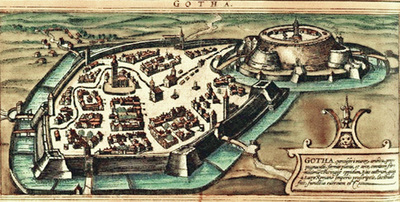
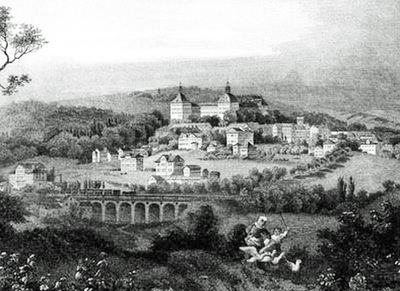
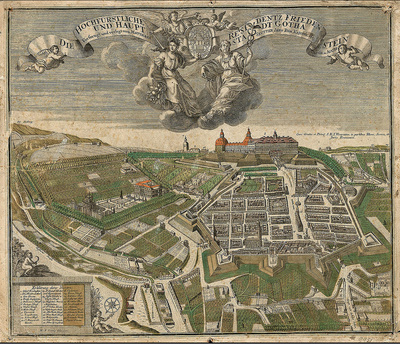
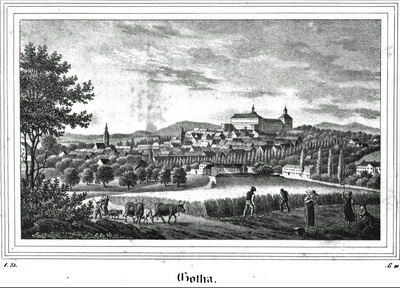
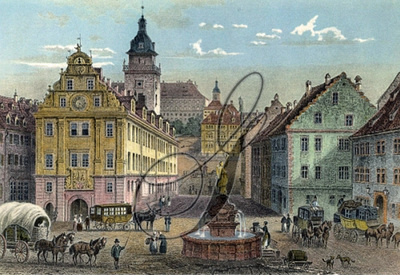
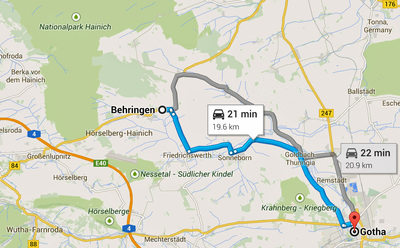
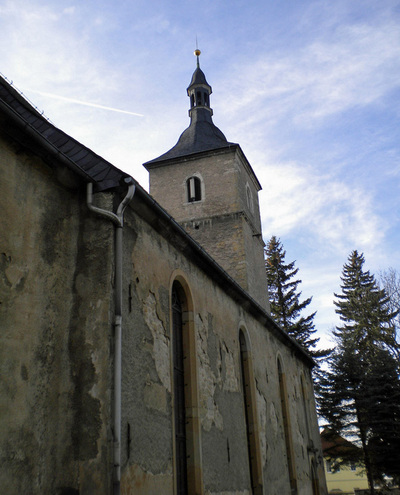
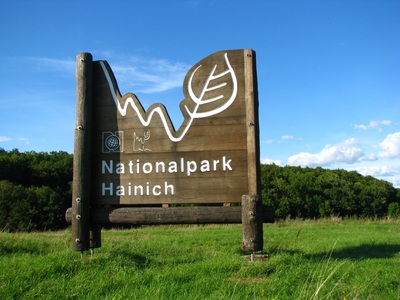
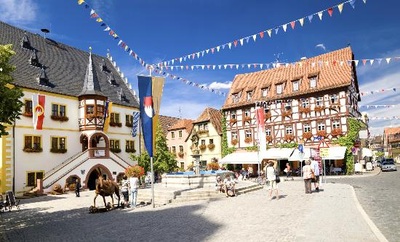
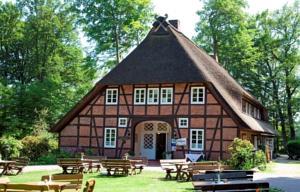
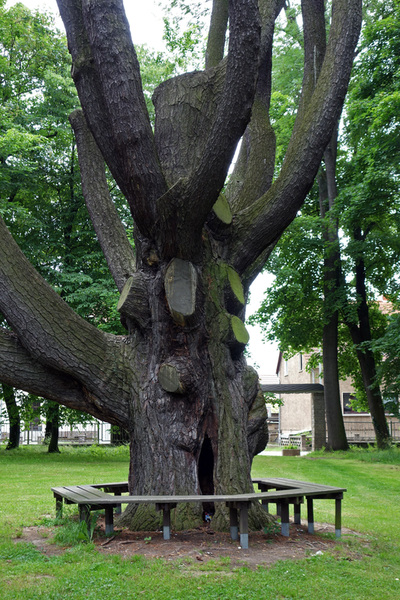
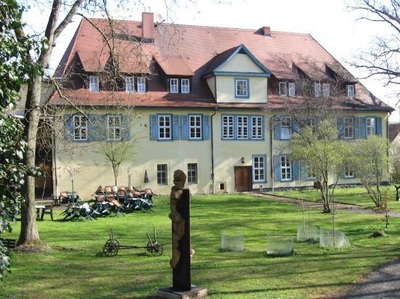
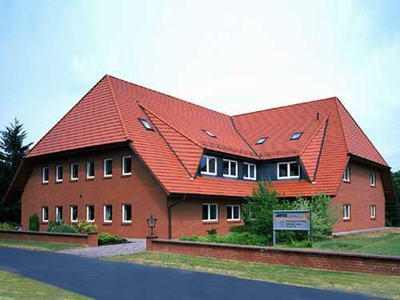
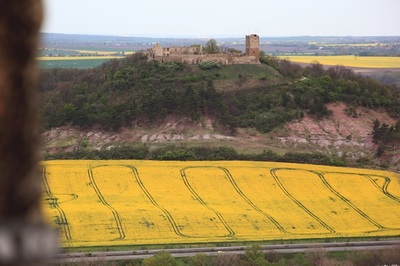
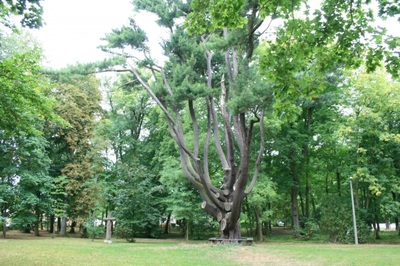
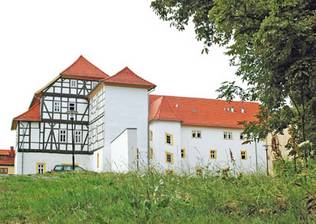
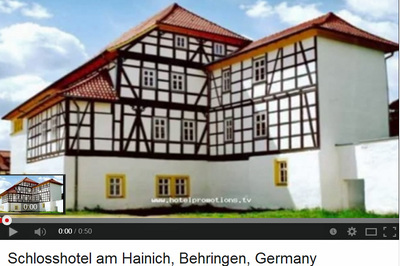
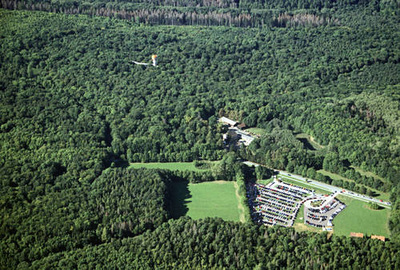
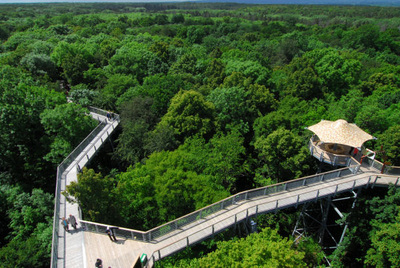
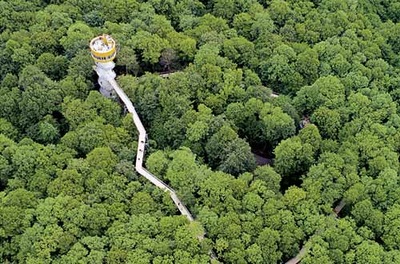

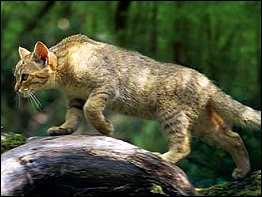
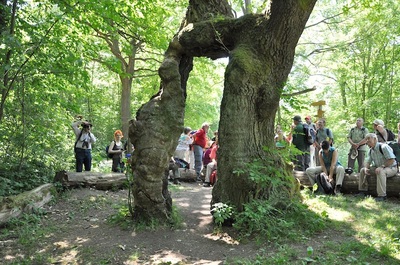
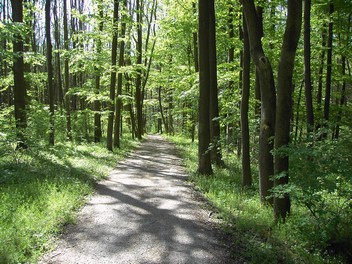
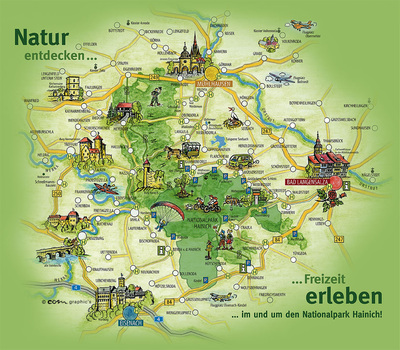
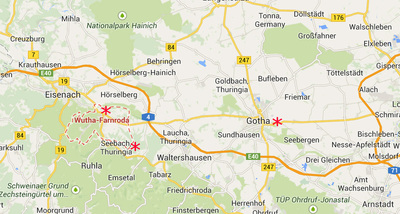
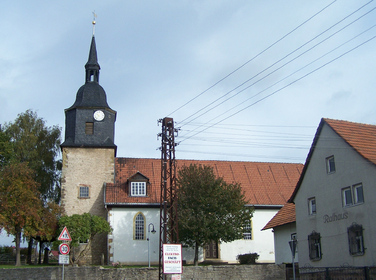
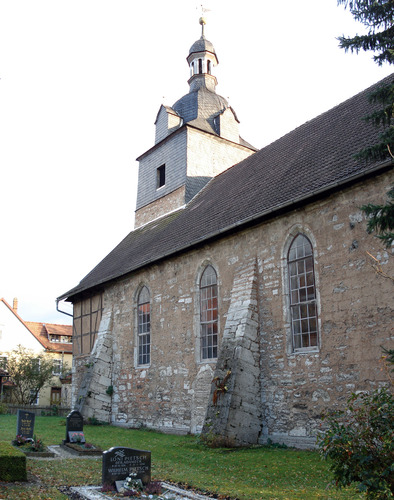
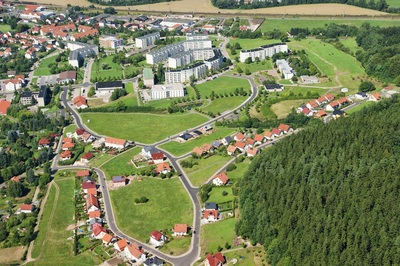
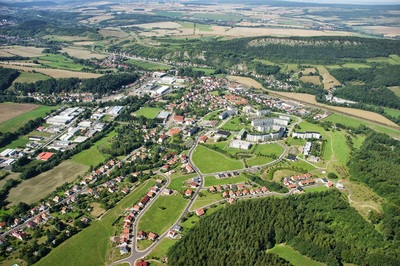
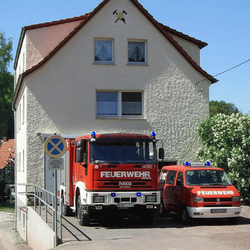
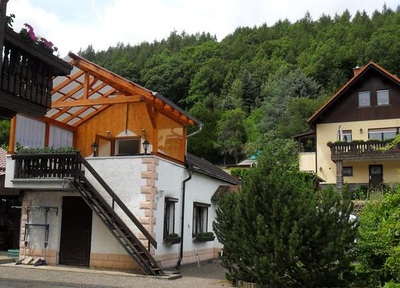
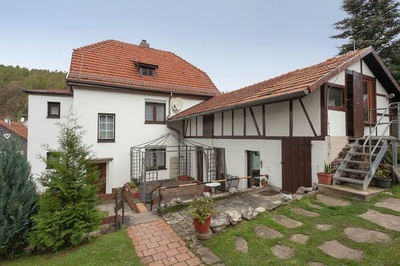
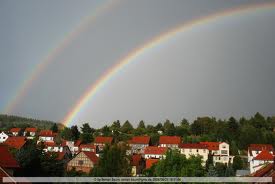
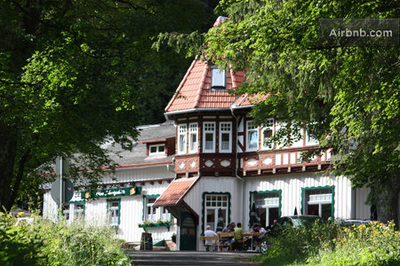
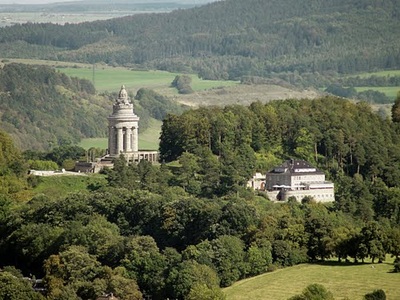
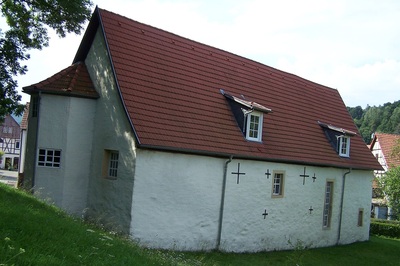
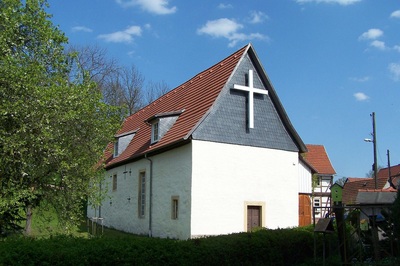
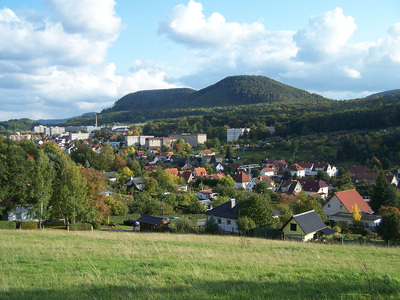
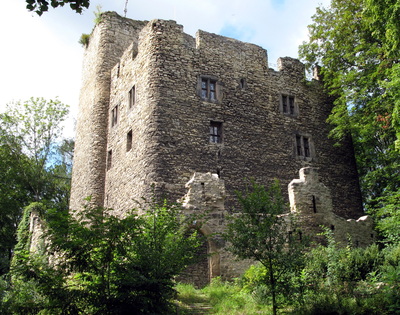
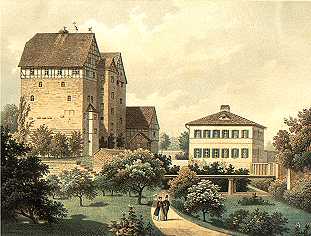
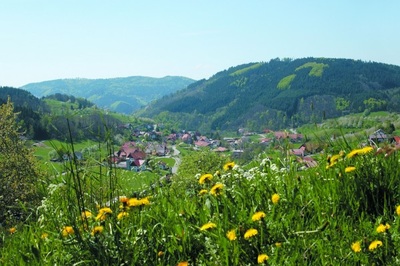
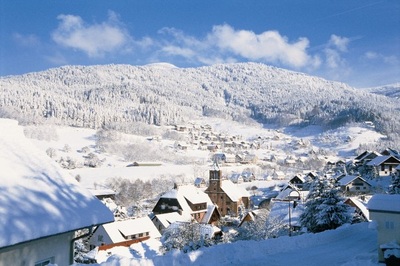
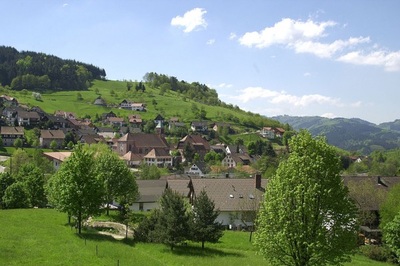
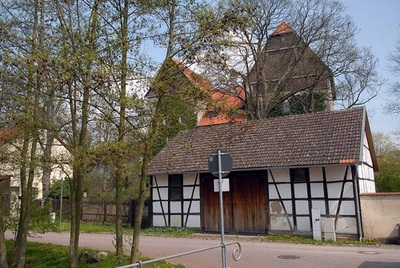
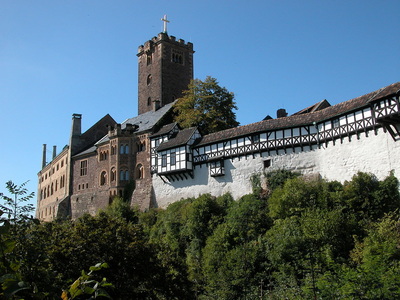
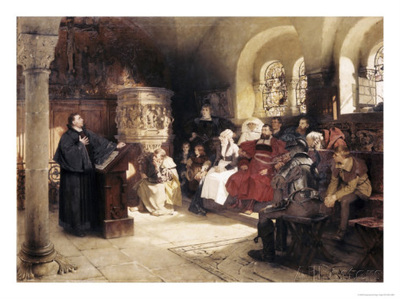
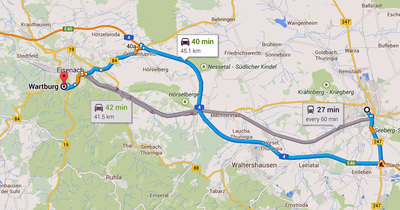
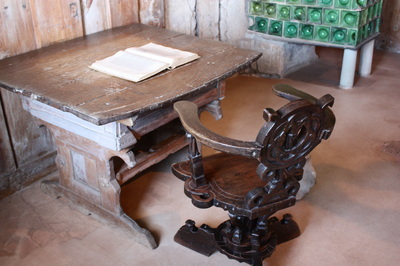
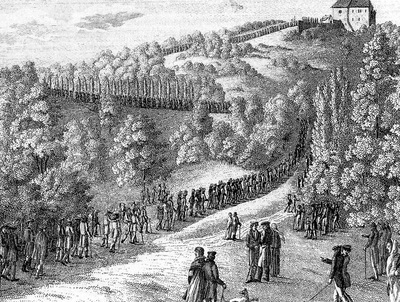
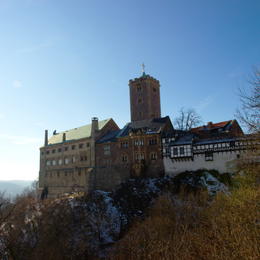

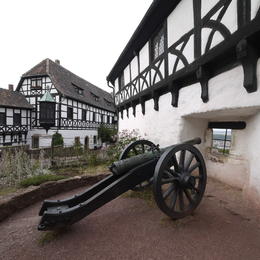
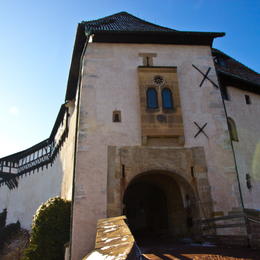
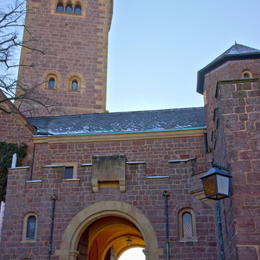
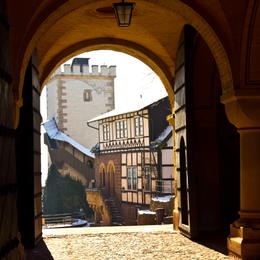
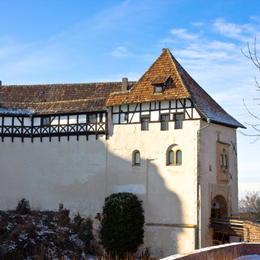

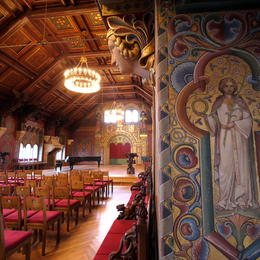
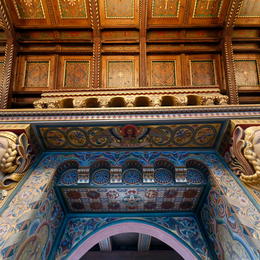
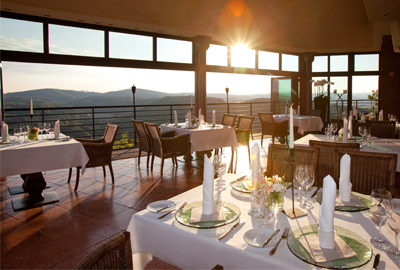
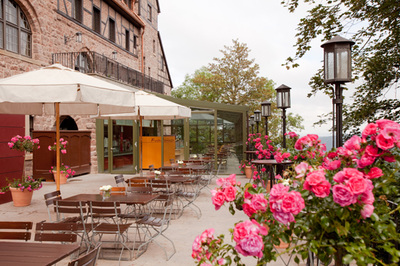
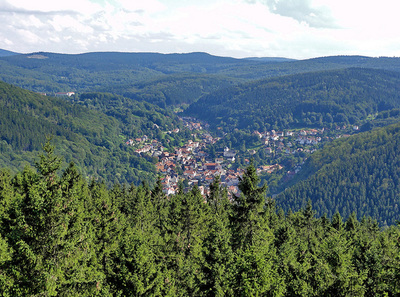
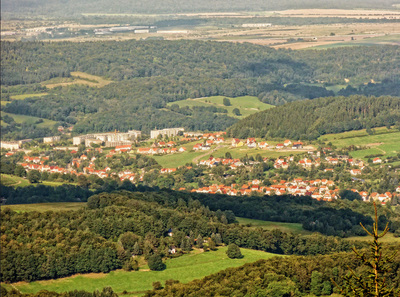
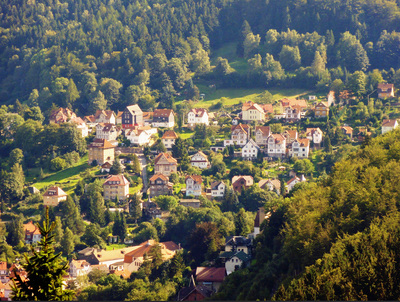
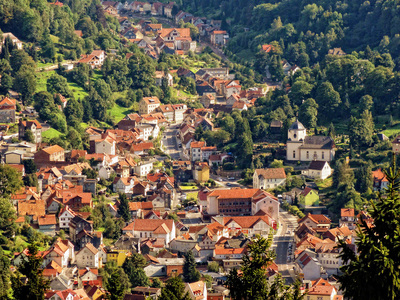
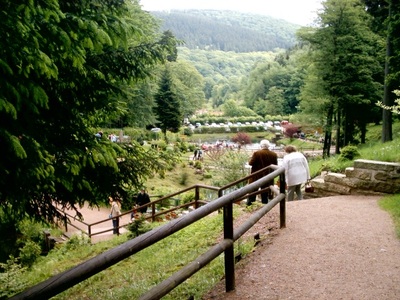
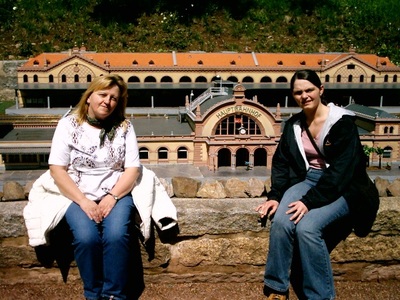
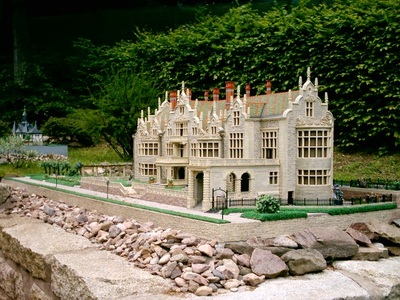
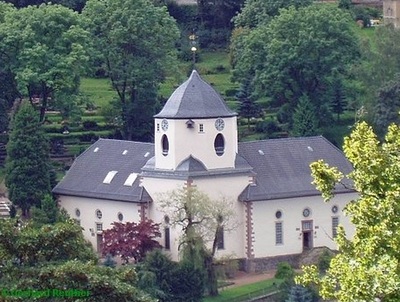
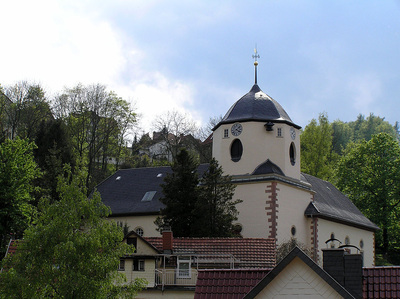
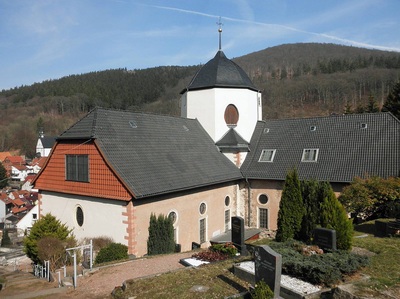
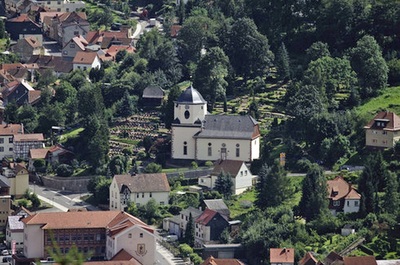
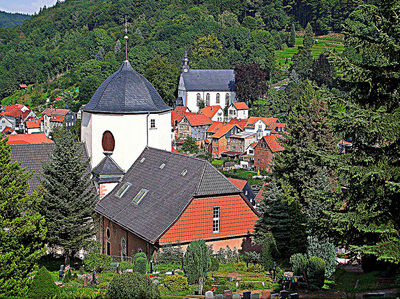
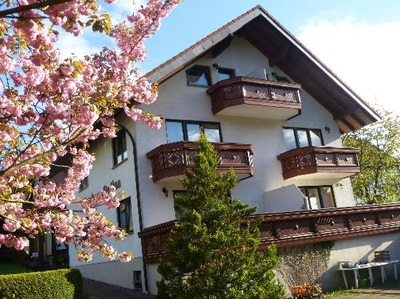
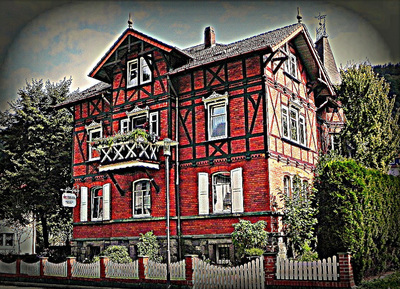
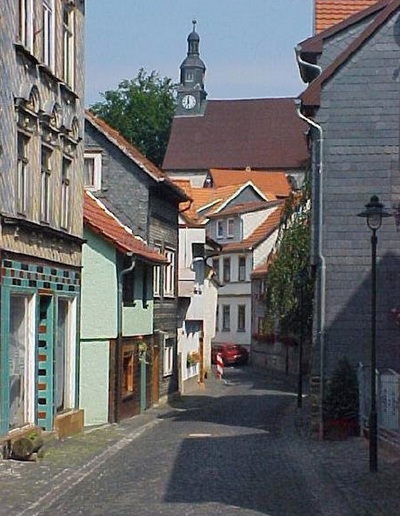
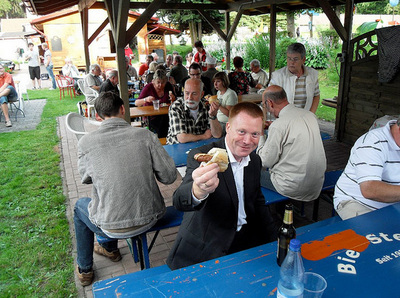
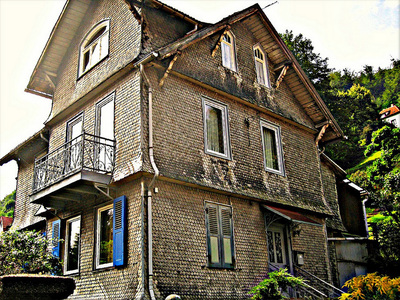
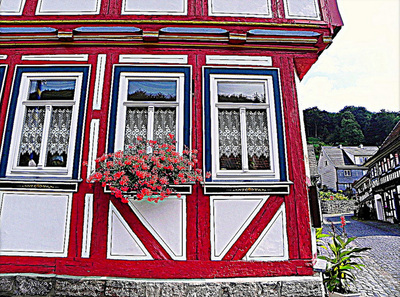
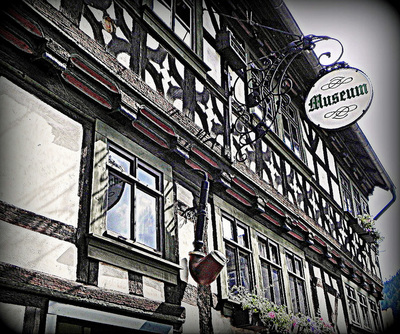
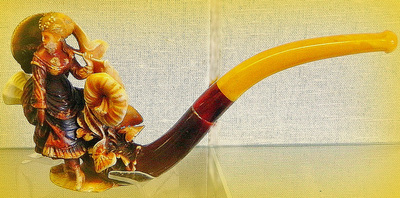
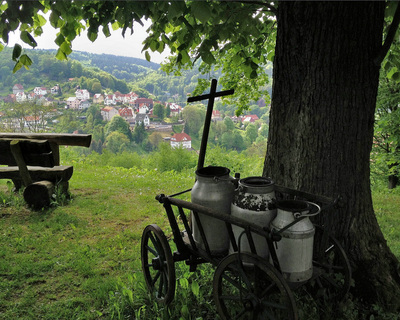
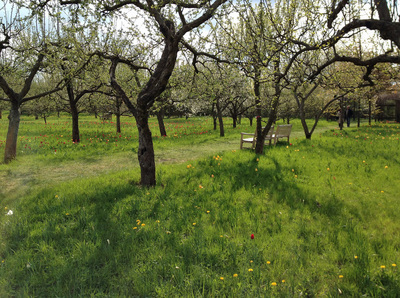
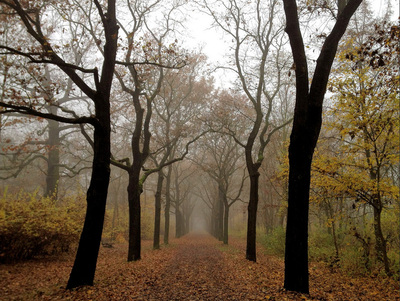
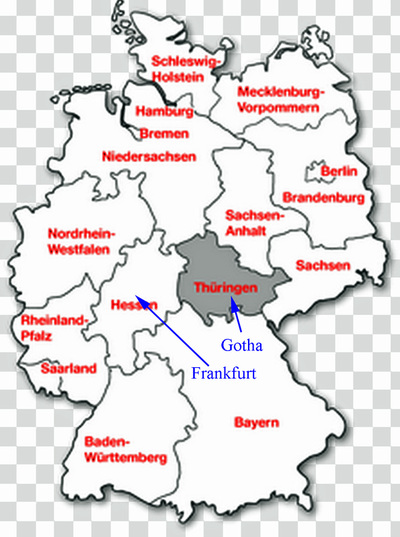
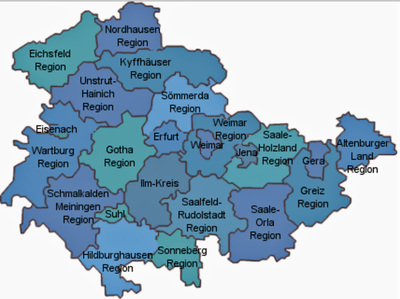
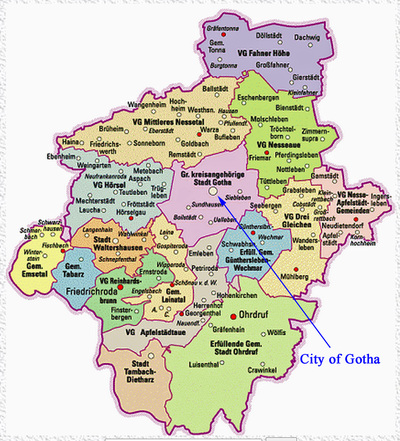
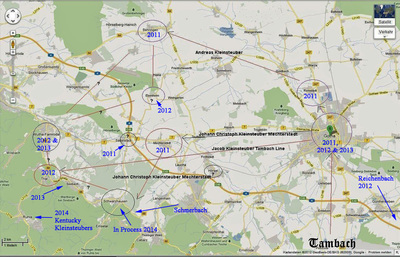
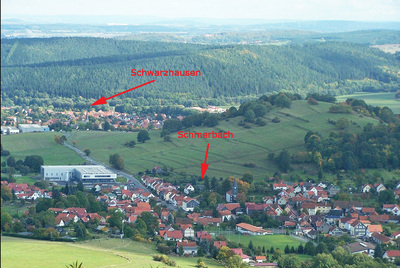
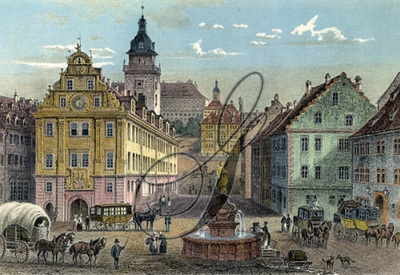
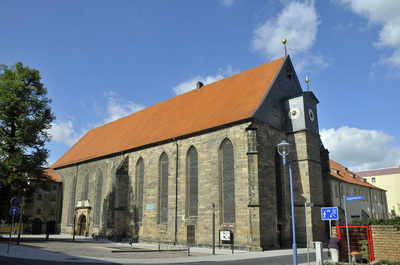
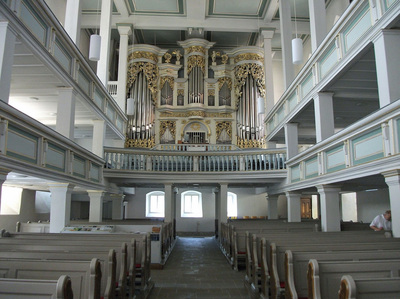

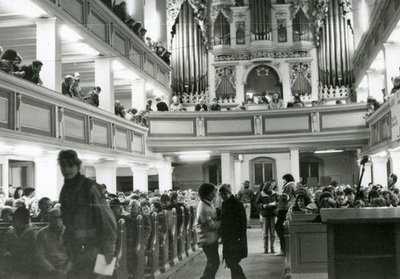
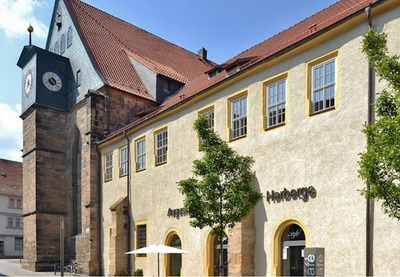
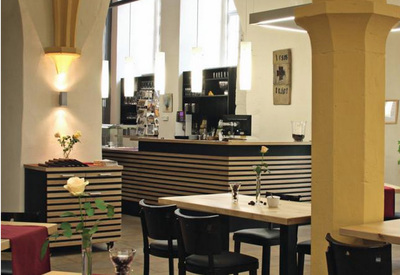
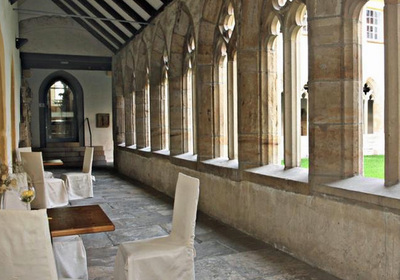
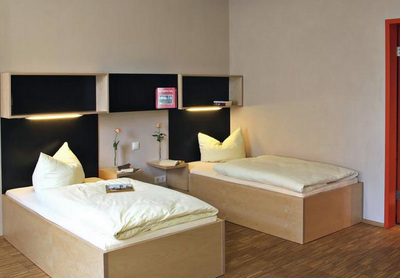
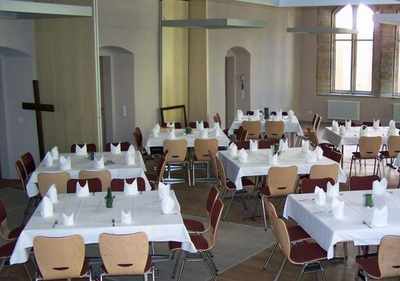
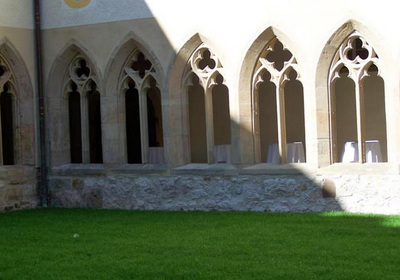
 RSS Feed
RSS Feed